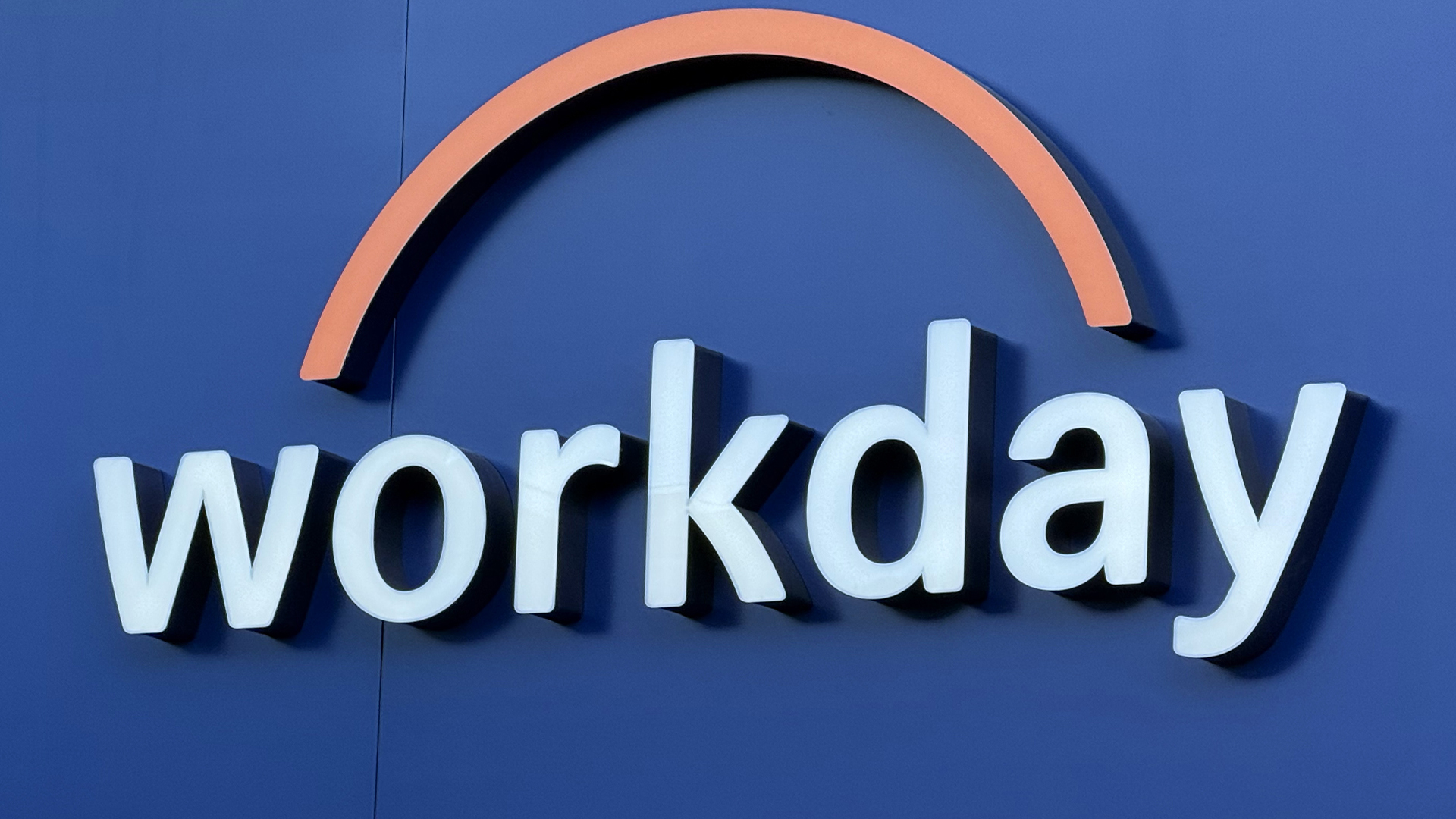#workday
#workday
[ follow ]
#data-breach #social-engineering #cybersecurity #opm #ai-agents #human-capital-management #pipedream-acquisition
Information security
fromArs Technica
2 months ago"Payroll Pirate" phishing scam that takes over Workday accounts steals paychecks
Attackers use phishing and adversary-in-the-middle techniques to steal Workday credentials and MFA codes, then change payroll settings to divert direct-deposit payments to their accounts.
fromFortune
2 months agoWorkday CFO on why $1.1 billion Sana deal aligns with M&A strategy | Fortune
Workday, which offers an AI platform for finance and HR, announced on Tuesday a definitive agreement to acquire Swedish AI startup Sana for around $1.1 billion. The deal, expected to close in the fourth quarter of Workday's fiscal 2026, follows two other strategic acquisitions, Paradox and Flowise, announced last month. I sat down with Zane Rowe, CFO of Workday (a CFO Daily sponsor) to discuss his perspective on the deal and the company's approach to M&A. Sana's proprietary technology, known for its intuitive user interface and foundational AI learning tools, aligns closely with Workday's offerings, he explained. This will now be paired with Paradox's conversational AI for frontline workers and Flowise's AI agent-building capabilities.
Business
fromTechzine Global
2 months agoWorkday CEO acknowledges integration errors and announces open platform
It is not often that the CEO of a billion-dollar company openly admits that his company deliberately created obstacles for customers. We did not entirely expect his answer. "We were a bit closed," said Eschenbacher. So Workday deliberately made it difficult to extract data. "We were nervous that they would extract it, put it in a cloud data warehouse, and then bypass us by running an application or AI on top of the data."
Software development
fromTheregister
2 months agoWorkday headcount to flatline as activist investors circle
"We are pleased with our dialogue with the team and believe the plan announced at [this week's event] represents a significant enhancement of Workday's operating model and capital allocation framework. We believe this multi-year plan will drive substantial long-term value creation for Workday shareholders, and we look forward to continued collaboration with the company."
Venture
fromCIO
2 months agoMicrosoft and Workday collaborate to manage agentic AI workers
This system can be used to integrate and manage Workday agents as well as third-party agents. Workday is taking this opportunity forward to become a system of record for all workers - be they digital or human.
Artificial intelligence
fromSecuritymagazine
3 months agoSecurity Leaders Respond to Workday Cyber Incident
More than 19,300 individuals are employed at Workplace across North America, EMEA and APJ. The client list contains more than 11,000 companies across a range of sectors, including almost two-thirds of the Fortune 500 companies. According to the organization's on the incident, Workday was targeted by a social engineering campaign. The post stated, "In this campaign, threat actors contact employees by text or phone pretending to be from human resources or IT. Their goal is to trick employees into giving up account access or their personal information."
Information security
Artificial intelligence
fromInfoWorld
6 months agoWorkday's new dev tools help enterprises connect with external agents
Agent Gateway enables controlled orchestration of external AI agents within Workday applications, crucial for enterprise governance.
Collaboration with leading vendors fosters advanced AI capabilities in HR and finance contexts.
Women in technology
fromwww.mercurynews.com
6 months agoLawsuit: East Bay-based Workday's hiring technology prevented people over 40 from getting hired
Workday's screening technology faces a lawsuit alleging age and racially discriminatory practices, potentially affecting AI's role in hiring decisions.
[ Load more ]






